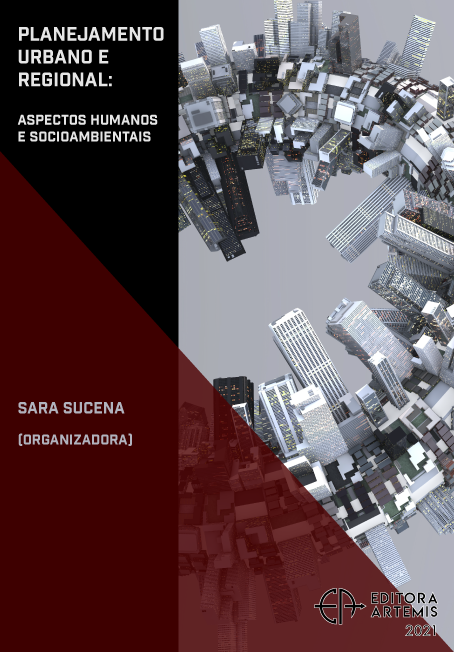
INTERACCIONES ENTRE PROCESOS EROSIVOS Y ACTIVIDAD ANTROPO-FAUNÍSTICA EN LAS SIERRAS DE BRAVARD Y CURAMALAL Y PIEDEMONTES ALEDAÑOS, PROVINCIA DE BUENOS AIRES
En las sierras de Bravard y Curamalal y sus piedemontes (suroeste bonaerense) existe actividad faunística silvestre y agrícola-ganadera. Distintas relaciones entre procesos erosivos y actividad antropo-faunística afectan al territorio. El objetivo de este trabajo es diagnosticar dichas relaciones, particularizando en movimientos en masa y erosión hídrica, y establecer recomendaciones de uso. La caracterización planimétrica-geomorfológica se realizó mediante procesamiento de un DEM ALOS PALSAR y fotointerpretación de imágenes WorldView-2 en un SIG. Se analizó cualitativamente el estado hidrológico del suelo con imágenes Sentinel-2. Las relaciones antedichas se reconocieron en el campo mediante toma de fotografías y levantamiento de perfiles topográficos en sitios georreferenciados con GPS. Adicionalmente, se consultó a pobladores acerca de la distribución espacio-temporal de la actividad agropecuaria. Las geoformas identificadas vinculadas a actividad faunística pueden presentar morfologías exclusivas o no, requiriéndose observar rasgos complementarios aledaños y una sólida base teórica sobre procesos erosivos y conocimiento de la actividad faunística local. Los rasgos geomórficos vinculados a transporte rural y agrotecnia, tienen una morfología lineal característica. La compactación del suelo es un proceso común y dificulta el crecimiento vegetal en laderas de detritos y piedemontes. Los procesos antropo-faunísticos vinculados a erosión hídrica tienen más representación en el piedemonte en torno a abrevaderos, cursos de agua, caminos y arados. Se recomienda sectorizar la carga animal por componentes geomorfológicos, así como alternar vías de transporte para dar tiempo de reposición a la vegetación.
INTERACCIONES ENTRE PROCESOS EROSIVOS Y ACTIVIDAD ANTROPO-FAUNÍSTICA EN LAS SIERRAS DE BRAVARD Y CURAMALAL Y PIEDEMONTES ALEDAÑOS, PROVINCIA DE BUENOS AIRES
-
DOI: 10.37572/EdArt_1508214081
-
Palavras-chave: Movimientos en masa; erosión hídrica; zoogeomorfología; actividad antrópica.
-
Keywords: Mass movements; hydric erosion; zoogeomorphology; anthropic activity.
-
Abstract:
In the Bravard and Curamalal ranges and their piedmonts (southwest of Buenos Aires Province), activity of wild fauna and farming practices do exist. Different relationships between erosional processes and anthropo-faunistic activity affect the landscape. The aim of this work is to characterize such relationships, emphasizing mass movements and hydric erosion, and to establish land use recommendations. The planimetric-geomorphologic characterization was carried out by processing of the ALOS PALSAR DEM and photointerpretation of WorldView-2 images in a SIG. The hydrologic behavior of soils was qualitatively analyzed on the basis of Sentinel-2 images. The aforementioned relationships were recognized in the field on the basis of photographs and topographic profiles in different sites georeferenced with a GPS. In addition, residents of the area were consulted about spatial and temporal distribution of farming activity. As a result, geomorphic features linked to faunistic activity can present a unique and characteristic morphology, or not. Thus, the observation of complementary surrounding features, a solid theoretical basis about erosive processes and knowledge about local faunistic activity are essential. The geomorphic features related to rural transport and agrotechnics have a characteristic lineal morphology. Soil compaction is a widespread process which interfere with vegetal growth in debris hillslopes and piedmonts. Anthropo-faunistic processes linked to hydric erosion have more participation in piedmonts in sectors of drinking troughs, streams, tracks and plow lines. It is recommended to sectorize grazing according to geomorphic components, as well as alternate transport tracks to provide time for vegetation recovery.
-
Número de páginas: 25
- Juan Manuel Susena
- Rodolfo Osvaldo Gentile

